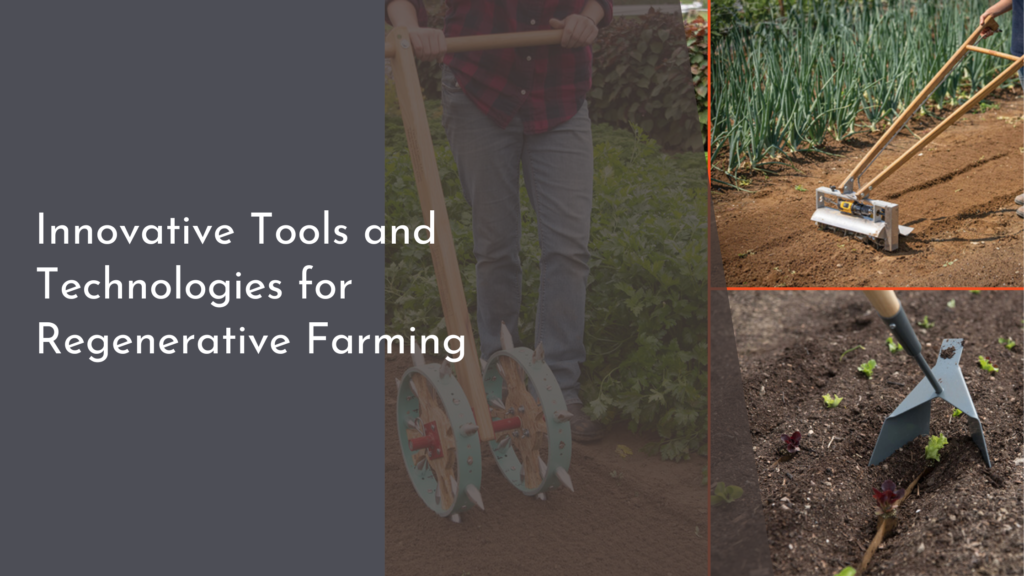Agroforestry for Managing Agricultural Greenhouse Gas Emissions
In the face of escalating climate change challenges, the agricultural sector is under pressure to reduce greenhouse gas emissions. Traditional farming practices often contribute significantly to these emissions, but innovative approaches like agroforestry offer a pathway to a more sustainable future. By integrating trees and shrubs into agricultural landscapes, farmers can create a symbiotic environment that enhances biodiversity, improves soil health, and ultimately fosters resilience against climate change. This article explores the multifaceted benefits of agroforestry as a strategy for managing agricultural greenhouse gas emissions.
Embrace Agroforestry: A Green Path to Emission Reduction
Agroforestry combines the best of both worlds: agriculture and forestry. By integrating trees into farming systems, farmers can reduce their carbon footprint while simultaneously increasing crop yields. Trees absorb carbon dioxide, one of the primary greenhouse gases, thus playing a crucial role in mitigating climate change. Moreover, agroforestry practices can enhance land productivity by improving microclimates, which in turn promotes healthier crops. Embracing this green approach not only leads to lower emissions but also fosters economic benefits for farmers through diverse income streams.
The transition to agroforestry may seem daunting, but it offers a sustainable foundation for future farming practices. By reducing reliance on chemical fertilizers and pesticides, agroforestry promotes a healthier ecosystem, which can lead to long-term benefits for both the environment and farmers’ livelihoods. Furthermore, agroforestry systems can be tailored to local conditions, allowing communities to adapt their practices while contributing to global emission reduction efforts. With growing awareness and support for sustainable agriculture, the time to embrace agroforestry is now!
Boosting Biodiversity: Nature’s Ally in Agriculture
One of the most significant advantages of agroforestry is its ability to enhance biodiversity. By planting a variety of trees and crops, farmers create habitats for numerous species, from beneficial insects to birds and mammals. This biodiversity is essential for maintaining ecological balance and resilience. Healthy ecosystems can naturally suppress pests and diseases, reducing the need for chemical interventions and lowering greenhouse gas emissions associated with their production and application.
Moreover, agroforestry systems provide essential ecosystem services, including pollination, nutrient cycling, and water regulation. These services not only benefit the surrounding environment but also contribute to the sustainability of agricultural practices. A diverse agricultural landscape is more resilient to climate shocks, such as droughts or floods, ensuring food security for local communities. By boosting biodiversity through agroforestry, we harness nature’s potential to create a more harmonious relationship between agriculture and the environment.
Soil Health Matters: The Role of Trees in Carbon Sequestration
Healthy soil is the cornerstone of productive agriculture, and agroforestry plays a pivotal role in enhancing soil health. The presence of trees in agricultural systems helps improve soil structure, increase organic matter, and promote beneficial microbial activity. These factors contribute to enhanced nutrient availability and water retention, which are vital for crop growth. Healthy soils also act as carbon sinks, sequestering carbon dioxide from the atmosphere and storing it in the ground.
Trees not only improve soil health but also mitigate soil erosion—a critical concern for maintaining agricultural productivity. Deep-rooted trees stabilize the soil, preventing loss during heavy rains, while their canopy provides shade, reducing soil temperature. This improved soil health translates into higher yields and reduced dependency on synthetic fertilizers, further contributing to greenhouse gas emission reductions. By prioritizing soil health through agroforestry, farmers can cultivate a sustainable agricultural future that benefits both their land and the planet.
A Brighter Future: The Joys of Sustainable Farming Practices
The shift towards agroforestry is not just about reducing emissions; it’s also about embracing a vibrant, sustainable way of life. Farmers who adopt agroforestry practices often find renewed joy in their work, witnessing firsthand the resilience and productivity of their land. By cultivating diverse crops alongside trees, they create a richer farming experience that celebrates the harmony between agriculture and nature. This holistic approach encourages a deeper connection to the land, fostering a sense of stewardship and pride.
Additionally, communities that implement agroforestry practices often reap economic benefits through the sale of diverse products, such as fruits, nuts, and timber. This diversification can enhance food security while providing alternative income sources, empowering farmers and their families. As societies increasingly recognize the importance of sustainable practices, agroforestry will play a vital role in shaping a brighter, greener future for agriculture. By making conscious choices today, we can cultivate a world that thrives in harmony with nature and mitigates the impacts of climate change.
In conclusion, agroforestry emerges as a promising solution for managing agricultural greenhouse gas emissions while enhancing biodiversity, improving soil health, and fostering sustainable farming practices. As we face the challenges posed by climate change, embracing agroforestry can lead to a more resilient agricultural landscape that benefits both farmers and the environment. By working together to implement these practices, we can pave the way for a healthier planet, ensuring that future generations enjoy the bounty of sustainable agriculture. Let us embrace the green path of agroforestry and cultivate a joyful future for ourselves and our environment!


